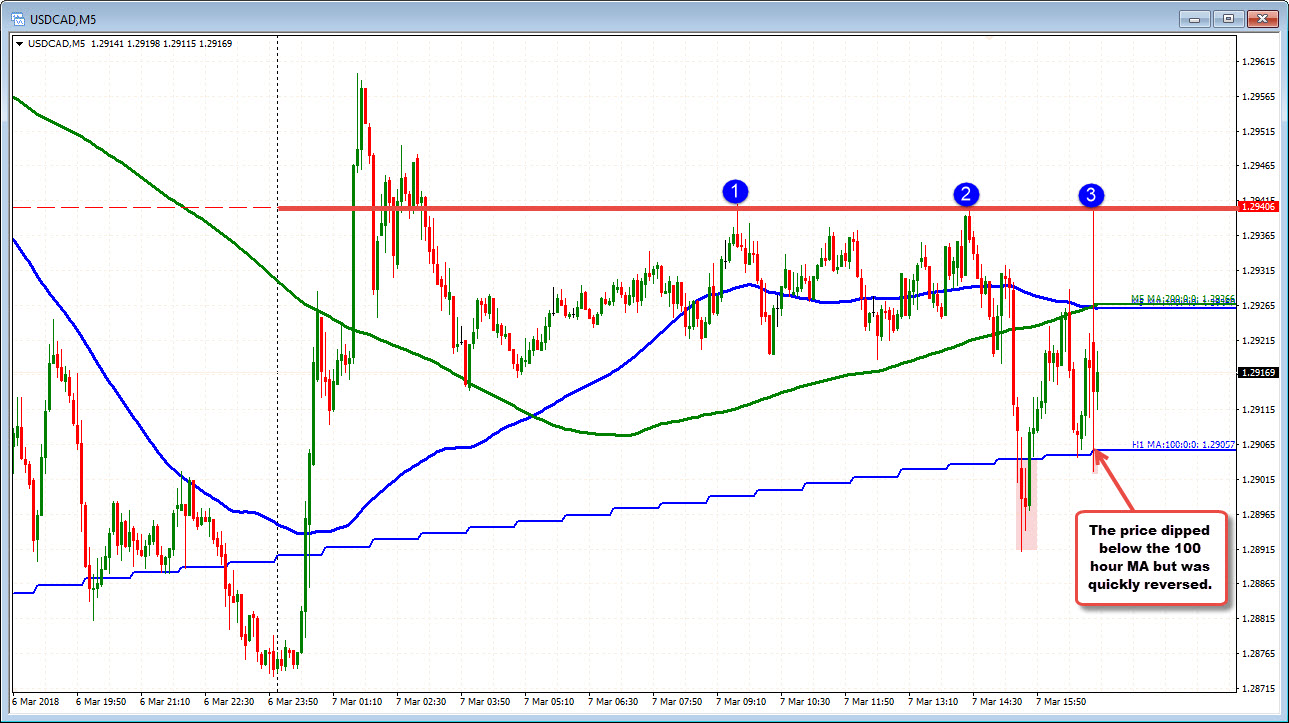No change in the key rate in March 2018
The Bank of Canada kept rates unchanged at the March 2018 policy meeting. That was as expected.
- Trade developments are an important and growing source of uncertainty
- Higher rates likely warranted over time, but some continued policy accommodation will likely be needed to keep economy close to potential, inflation on target
- Repeats will remain cautious in considering future policy adjustments: guided by incoming data
- US government spending, tax cuts expected to boost US growth in 2018, 2019
- global growth solid and broad-based
- Canada's Q4 GDP slower than expected due to higher imports; 2017 GDP in line with banks projections
- Gain in imports reflected stronger business investment, which adds to economies capacity
- Data shows pulling Ford of housing demand ahead of new mortgage rules, other measures
- Will take time to fully assess impact of regulations on housing demand and prices
- Continues to monitor economy sensitivity to higher rates: household credit growth has decelerated for 3 months
- Implications of federal government budget will be incorporated into forecasts in April
- Core inflation measures have edged up, consistent with an economy operating near capacity
- Wage growth has firm but lower than typical in economy with no labor market slack
The decision was as expected and the comments seem consistent with expectations as well. The price of the USDCAD moved to a high of 1.2940, which was also near the London session highs.
The price has since come back down to a low of 1.29027 which is just below the 100 hour MA at 1.29057. The price trades at 1.2914 currently which is where the price was trading just before the release.

A move above the 1.29268 level (50% of the move down from the May 2017 high not shown) will be eyed by the bulls. The 100 and 200 bar MA on the 5-minute chart is also around that level (see blue and green lines in the chart above). A move above should solicit more buying.
A move below the 1.2900 level (and 100 hour MA at 1.29057) would be more bearish technically.



